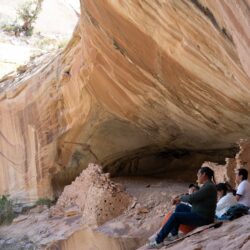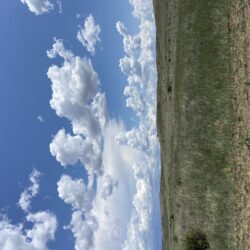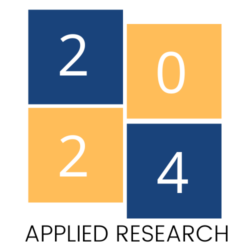Yarning: An Indigenous Knowledge Approach to Ethnographic Methods with Heritage Lands Collective—Carine Rofshus
My first week with Heritage Lands Collective, a non-profit organization dedicated to integrating Indigenous Knowledges (IK) into Tribal co-management of ancestral lands, was spent at the Bears Ears National Monument in southeast Utah. Bears Ears is the ancestral homelands of the Hopi, Ute, Navajo, Rio Grande Pueblos, and the Zuni. Joseph Gazing Wolf (Lakota/Amazigh/Nubian) and Read more about Yarning: An Indigenous Knowledge Approach to Ethnographic Methods with Heritage Lands Collective—Carine Rofshus[…]















